How LEDs are changing the modern horticulture
A market in strong development in the latest years is that of the horticulture lighting.
Above all, the LEDs (Light Emitting Diode), thanks to their numerous advantages, has made it possible to increase and improve the precision and stability of crop growth.
In fact, since 2016, the market for LEDs for horticulture has grown at a very high rate and is expected to continue to grow in the coming years.
The traditional HPS (High Pressure Sodium) lamps used for the horticulture, have therefore been replaced by the LED ones.
The application of LEDs in horticulture offers numerous advantages, as they guarantee very high energy efficiency, maximum thermal performance and high lighting control.
Unlike HPS lamps which emit light in all directions, LED sources allow you to emit light in a more targeted way, adjusting the emission spectrum to the different cultivated species.
LEDs also allow you to adjust the light intensity which can be adapted to provide the amount of light necessary for a specific growth phase of the plant. This guarantees greater yields both in terms of quantity and quality, reducing excess heat and water waste.
From an energy point of view, the use of LEDs in horticulture guarantees savings of up to 75% compared to the use of traditional HPS lamps and a much longer life, guaranteeing lower maintenance costs.
Today there are different types of LEDs for horticulture on the market, each with different characteristics.
The experience and professionalism of Welt Electronic and its partner Lextar, specialized in the production of LEDs for the horticulture, accompany you in choosing the standard or custom solution most in line with each specific need, guaranteeing maximum reliability and excellent performance.

